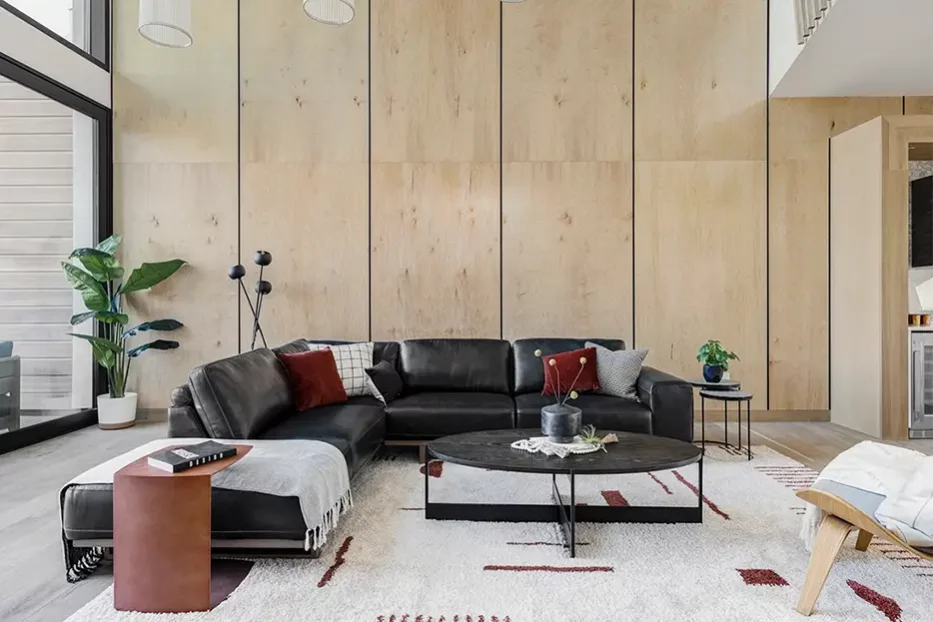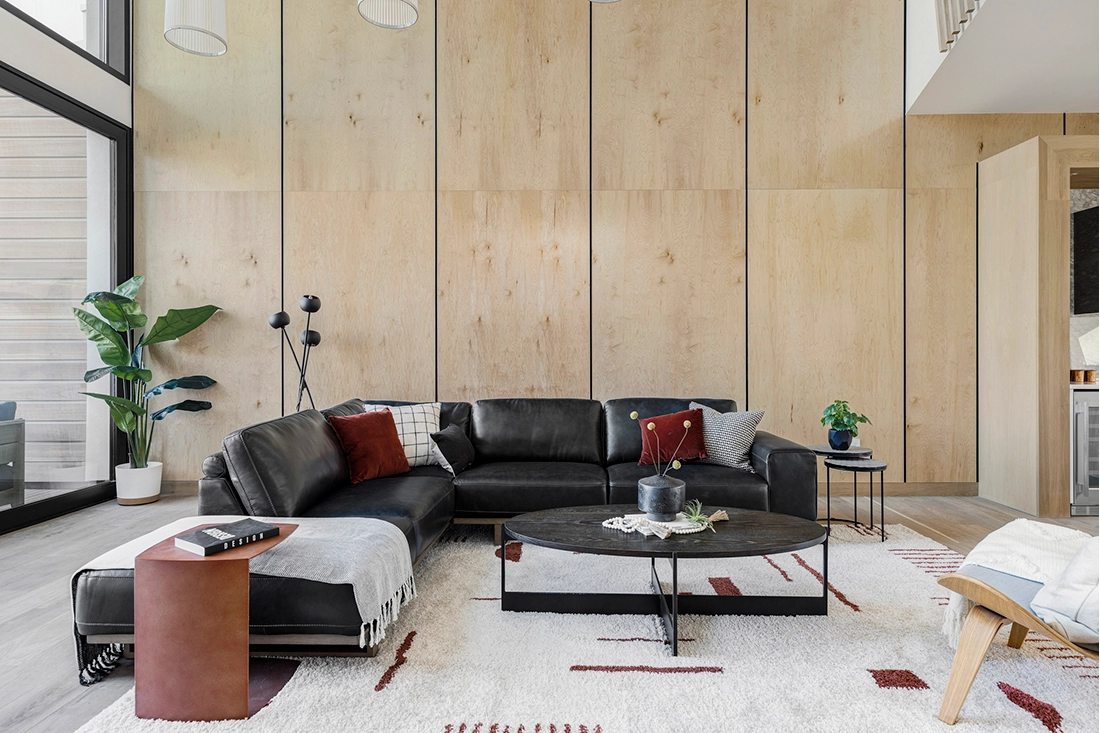
get the word on using the basics of feng shui
Feng shui is a Chinese form of art and design that focuses on using space to create an environment that enhances the flow of energy, or chi. Dating back to 3100 BCE, feng shui began as a way to harmonize people with their surroundings to achieve a sense of balance. The practice involves making changes to your home and, as a result, to the way you live your life. When used correctly, homeowners and apartment dwellers can enjoy a beautiful home that functions according to your lifestyle without having to undergo extensive renovations. Below are a few basics that anyone can begin utilizing in their home without needing to become a feng shui expert.
the five elements
Feng shui utilizes the concept of The Five Elements Theory, or how fire, earth, metal, water and wood interact, strengthen or weaken one another, as well as how these elements affect our own energies. The five elements are not limited to their namesake components; shapes, materials and colors can represent any of the five elements. For example:
Fire can be represented by candles, electronics and warm colors such as red and orange.
Earth can be represented by pottery, tile and organic tones such as yellow and brown.
Metal is fairly straightforward, represented by shiny or metallic objects and colors such as gray or even pastels.
Water is often represented by glass and crystals, and has color associations with blues.
Wood can be represented by plants, cut flowers and earthy colors such as green and teal.
While all five elements should be present in your home for balanced energy, you are welcome to determine which elements resonate with you and adjust accordingly. Some objects within the home can represent multiple elements at a time. For example, a glass jar of fresh-cut yellow tulips can represent water, wood and earth simultaneously. When added to an entryway or dining table, this vase of flowers can be balanced by taper candles in metal candle holders — representing the fire and metal elements.
To begin understanding the presence or absence of the five elements in your home, take stock of each space and label what element each object represents. This feng shui practice will make it clear what elements are missing from your space.
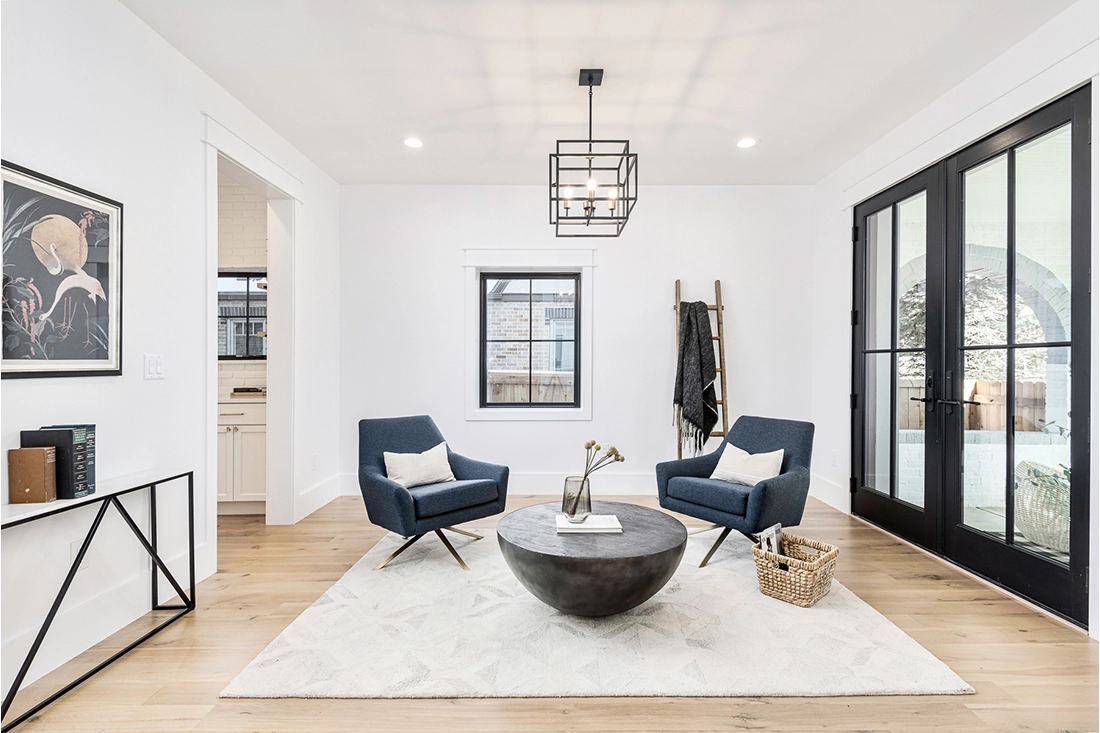
the energy flow
One of the main goals of feng shui is to create a flow of positive energy. With clutter, that energy tends to be redirected or altogether clogged, creating dissonance in the home. Furniture placement, décor and infrequently used items can create a blockage of energy or even emit negative energy if there are certain associations with the object at hand (think: a stack of bills on a desk and dusty gym equipment).
Begin with what is obvious: is there an accent chair you bump into almost daily, expired food items in the fridge or a shelf where you tend to set and forget items? Below are a few areas of the home and their common types of clutter:
Kitchen // expired food items, broken or defective utensils
Bedroom // laundry buildup, electronics chargers, under-bed items
Bathroom // old or expired cosmetics, threadbare towels, reading materials
Office // all types of loose papers, books, old office supplies, outdated electronics
Living Room // toys, blankets, excessive pillows, coffee table clutter
An excellent complement to decluttering is cleansing each space afterward. When possible, clean these areas with non-toxic, eco-friendly cleansers for a holistic and rejuvenating energy.
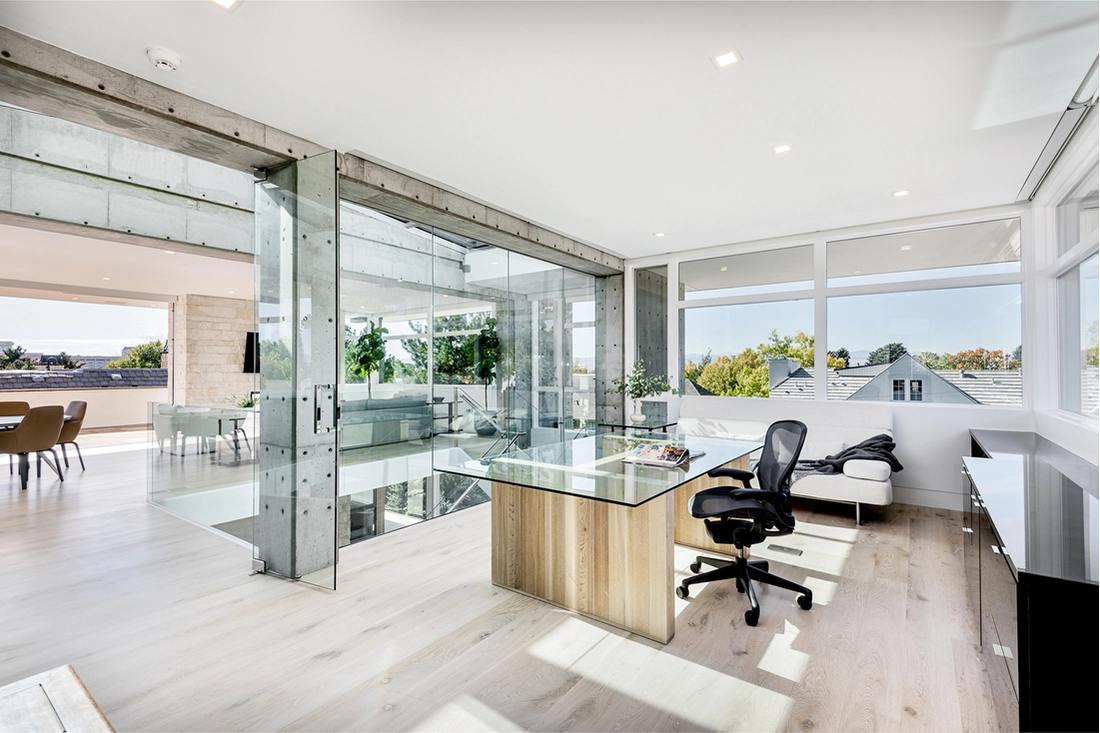
the commanding position
Among the most important basics of feng shui is the commanding position. This concept illustrates the space in the room that is most empowering. Typically, the commanding position allows for the best flow of energy, and in most rooms, this means being in view of the door without being directly in line with it. For example, a bed placed on the same wall as the door creates vulnerability — the door is not in sight from the bed’s position and can allow for uninvited energy to enter the room.
This concept applies to offices as well. While some experts recommend a floating workspace with your back to the wall, this might not be possible or practical with the size and layout of the room. Instead, opt for the commanding position that allows a full view of the door while not being directly in line with it.
Above all, understanding a room’s natural flow and intention can help with the best furniture layout. Does your space have multiple uses, such as an office and guest bedroom combination? Instead of thinking in terms of the commanding position, think of how the space flows in a functional manner — and always incorporate the five elements for a balanced touch.
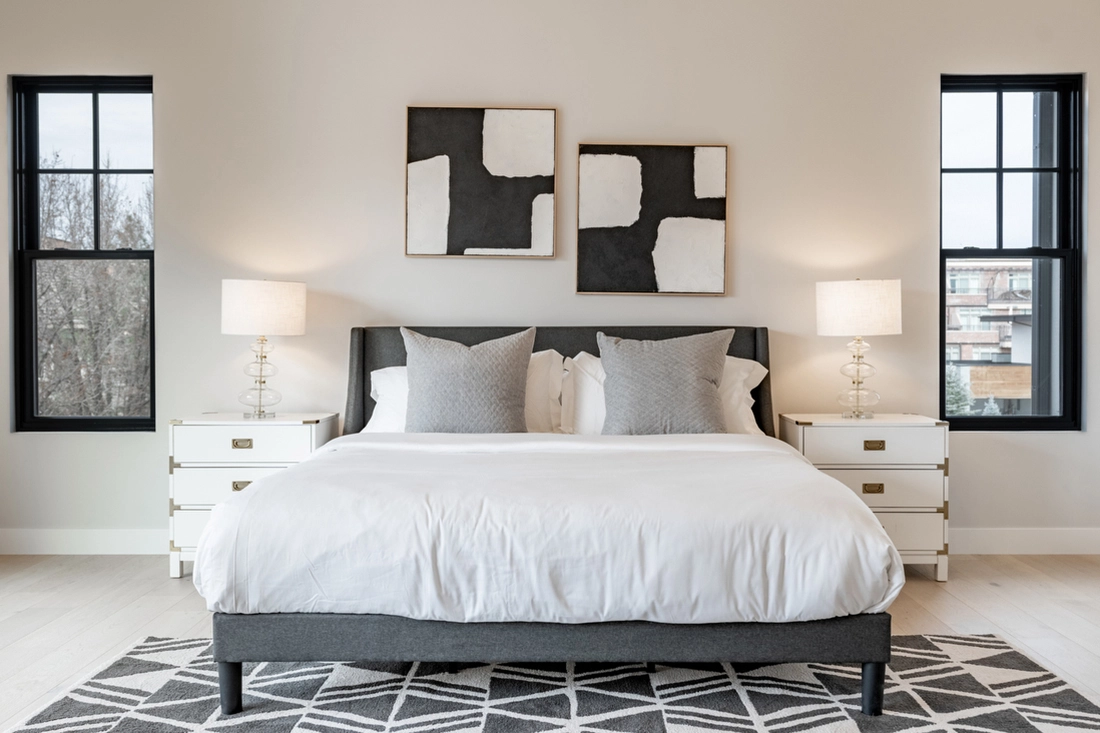
You May Also Like: Get the Word on Resetting Your Home’s Energy
SUBSCRIBE
to stay in the know
Your dose of the coolest properties, seductive architecture, influential design, art that matters and community happenings.

